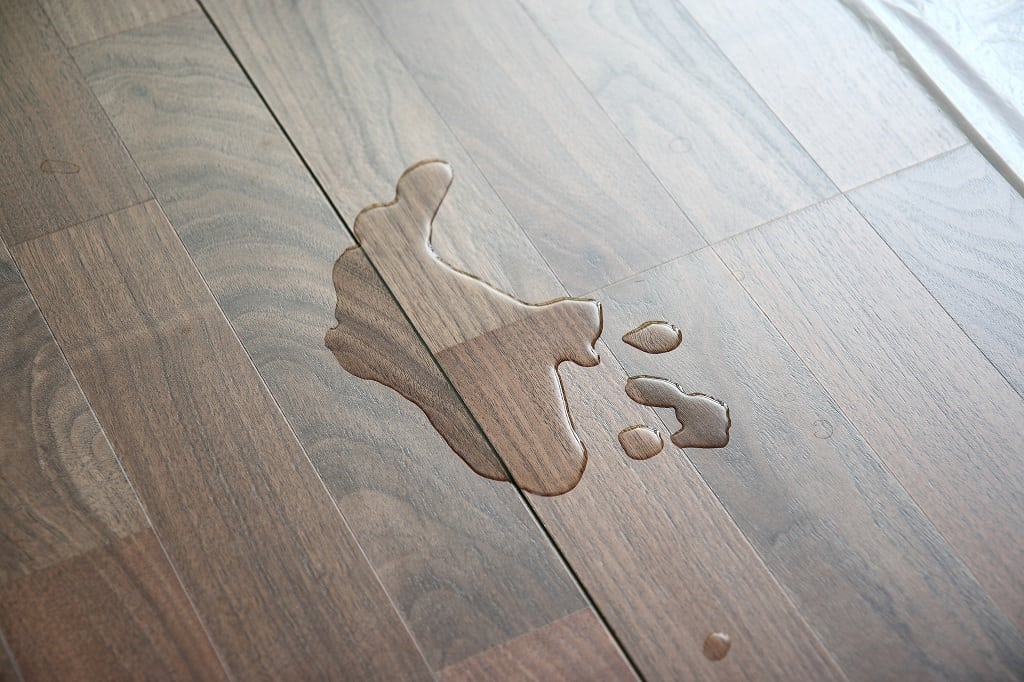
Why Choose Hardwood Flooring In Singapore?
October 26, 2019
Is Laminate Flooring Waterproof?
October 26, 2019Can I Install Laminate Flooring Over Marble Flooring?

One of the best ways to add value to your house is to consider laminate flooring installation. Laminate flooring combines elegance and beauty of hard wood, or tiled floors with an easy maintenance of vinyl or linoleum flooring. Constructed using HDF (high density fiber) wood board topped with a stone or wood pattern, laminate flooring is quite durable. Resistant to scuffing, scratching, and burning, the inherent beauty of laminate flooring will last for years. With the ever changing design trends, the variety and easy installation of laminate flooring is the best choice for home designers.
Can you install laminate flooring over marble?
Although trained professionals can install laminate flooring over marble or tiles in some cases, but it’s definitely not a DIY job. Mostly, floating floors have a padding underneath. You will also have to consider how high it will raise your floor. Will your doors open and close? Will you need to trim and cut the jambs and rise the baseboard to make your laminate flooring look good? Some people prefer to remove their old marble flooring and start afresh. The best way to proceed is to consult professionals on all your options.
The quality of laminate floors
If you are planning to redecorate your house and want to opt for laminate flooring, you should make some decisions on the type of laminate flooring that can work for you in the best possible way. It’s a fact that harder its HDF core, the better is the quality of laminate floor. The second mark for the quality of laminate flooring is the way in which its core is firmly bound to the protective layers. Basically, you can consider two types of laminate flooring.
* Direct pressure lamination – It consists of a simple one step manufacturing process where laminate flooring layers are firmly binded into one single cohesive unit. It is then treated with melamine resin for increasing the strength of its core. This step allows grooves and notches to be evenly cut into pieces for facilitating the process of its installation.
* High pressure lamination – It produces much better and durable end products by binding the laminate flooring layers in few steps. First the top layers are joined to each other and are then glued to its HDF core. Once this process is over, the glued flooring and melamine resins are subjected to high pressure press for completing the process. This makes product ready for use.
Laminate floor installation types:
Once you’ve decided on product and design you are interested in, you can begin the installation process. With so many laminate products on the market, you have several options when it comes to laminate flooring. The flooring you choose will depend on your budget, and your ability to execute the project. While shopping for laminate flooring, you will find products that may need the following installation techniques.
* Standard flooring – It is installed using a glue for affixing it to the sub floor. It is cost effective and secure.
* Pre-glued flooring – This flooring comes pre-glued and for completing the flooring installation process, water is applied on the underside of the board for activating the glue.
* Snap and lock – In this type of laminate flooring, no glue is needed and floor boards are linked using locking mechanism of the underside of the flooring. This type of flooring is easy to install, but is slightly expensive than the ones installed using the glue.



